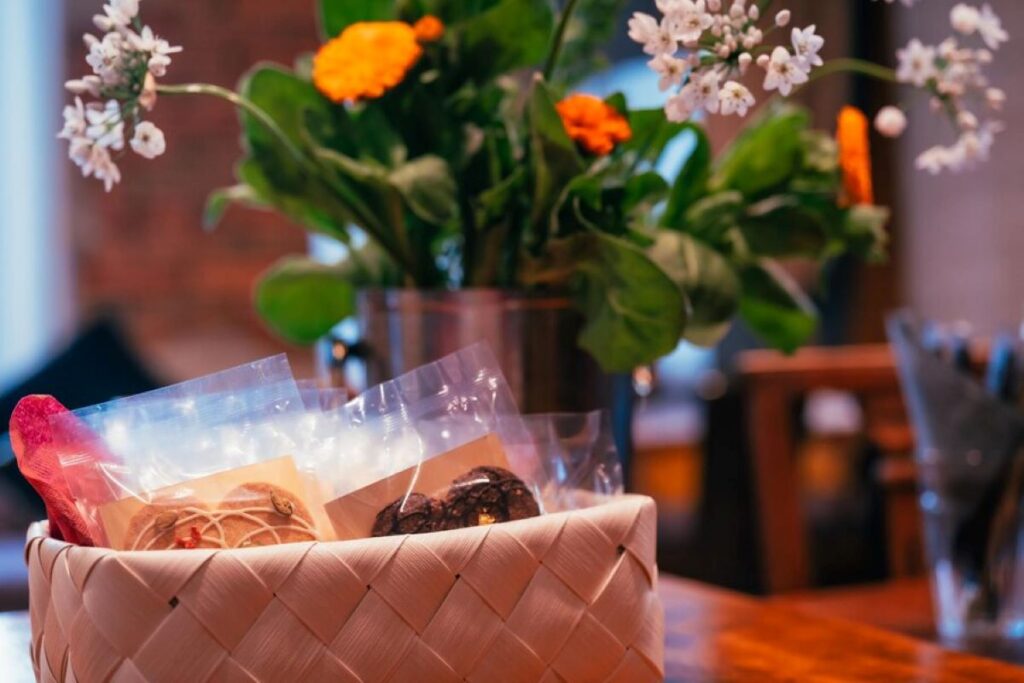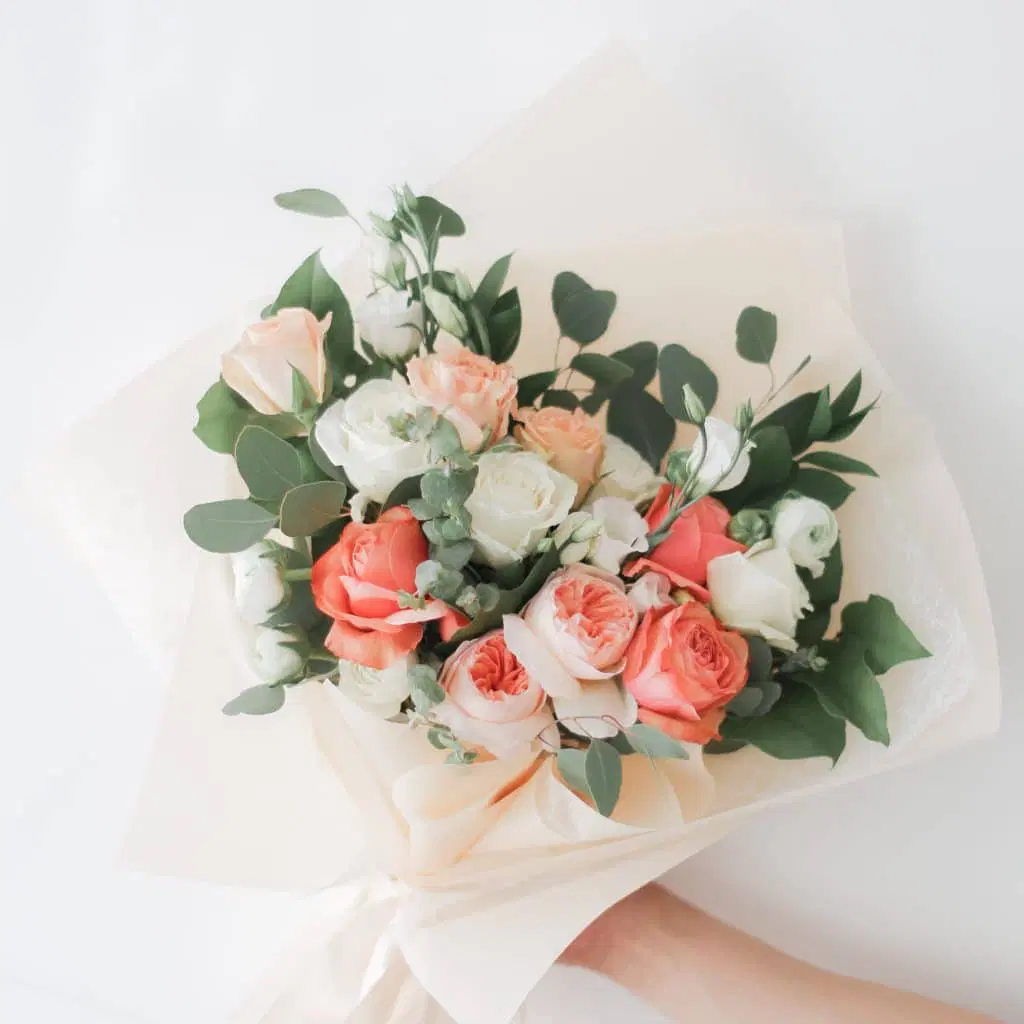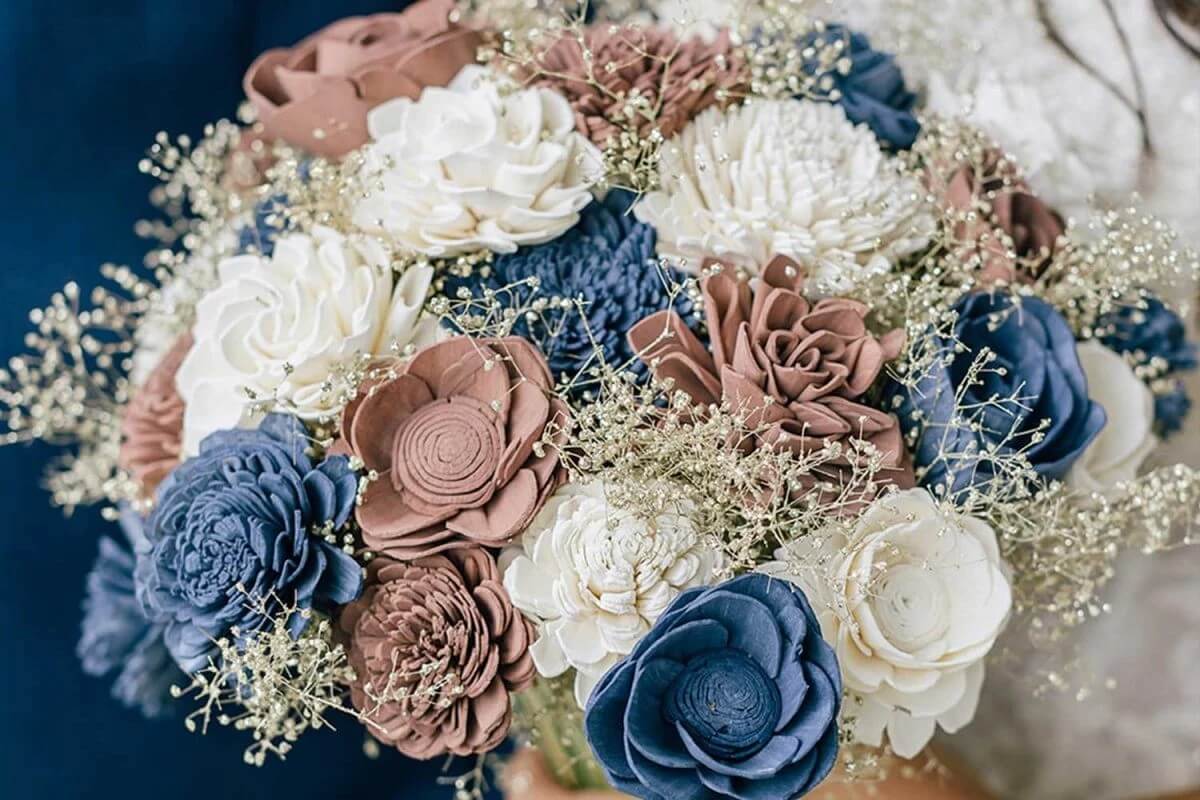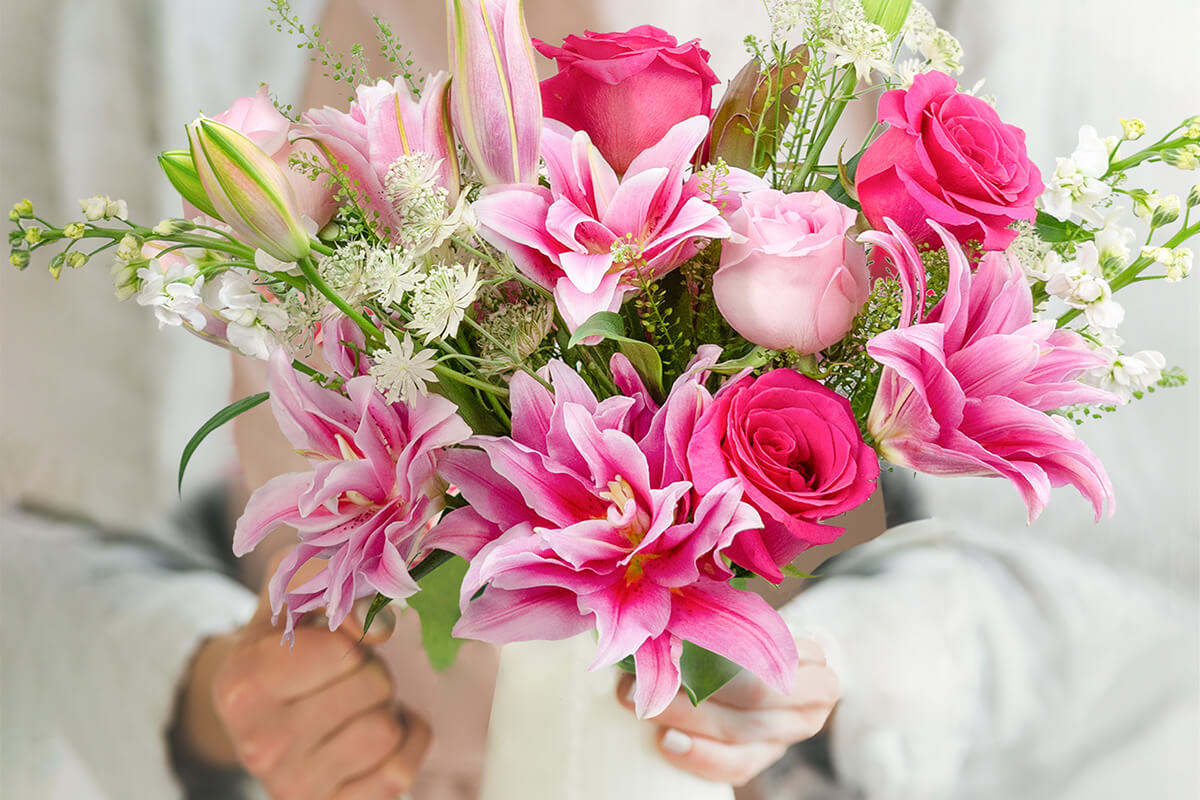There’s something almost magical about standing beneath a canopy of blooming cherry blossoms. For a few short weeks each spring, streets, parks, and gardens across the world are dusted in a soft, fleeting snow of petals—blush pinks and delicate whites fluttering in the breeze like nature’s confetti. You can’t help but pause, breathe a little deeper, and feel the subtle hush that cherry blossoms bring. It’s not just a floral display; it’s a moment of beauty that demands presence.
These ephemeral blooms—sakura, as they’re known in Japan—have come to symbolize more than just the arrival of spring. They represent impermanence, rebirth, hope, and a shared cultural reverence for the natural world. While roses may speak the language of timeless romance, cherry blossoms whisper of the present moment, gently reminding us that nothing beautiful lasts forever—and that’s what makes it beautiful.
Let’s journey into the heart of the cherry blossom—its history, symbolism, varieties, and why it continues to enchant people around the globe.
A Season in Bloom: Why Cherry Blossoms Captivate Us
Unlike many flowers that bloom throughout a season, cherry blossoms have a brief but breathtaking window. In Japan, the arrival of the blossoms is tracked almost religiously with national forecasts, festivals, and celebrations. In Washington, D.C., tourists plan visits around the National Cherry Blossom Festival. In Korea, China, and across Europe, cherry blossom trees line walkways, riverbanks, and palace gardens.
So, what is it about this flower that creates such collective awe?
Perhaps it’s the contrast of the bloom’s softness against the often stark, still-bare branches. Or maybe it’s the poetic nature of their fleeting existence. Whatever the reason, cherry blossoms seem to connect with something deep in our human experience—the joy of renewal, and the quiet acceptance of change.
See more: Stunning St Leonards Flowers Delivered to Your Door
Symbolism: The Soul of the Sakura
Impermanence and Beauty
In Japanese culture, cherry blossoms have long symbolized the concept of mono no aware, which loosely translates to “the bittersweet awareness of impermanence.” The blossoms burst into full bloom in a matter of days, only to fall soon after in a soft shower of petals. This short-lived spectacle is seen as a metaphor for the fragile, fleeting nature of life itself—a reminder to cherish what is beautiful while it lasts.
Warriors and Ephemeral Glory
Historically, cherry blossoms also held symbolic meaning for the samurai class in Japan. The brief life of the blossom mirrored the ideal samurai life: pure, brief, and dedicated to a noble cause. During World War II, cherry blossoms were even used to inspire nationalist sentiment—painted on fighter planes or falling in films symbolizing noble sacrifice.
Hope, Renewal, and Celebration
In modern times, sakura is more widely celebrated for hope, friendship, and new beginnings. As the harbinger of spring, cherry blossoms arrive just as the school and fiscal years begin in Japan, symbolizing fresh starts and budding potential.
In Washington, D.C., the gift of 3,000 cherry trees from Japan in 1912 has grown into a major symbol of international friendship. Today, the blooming of those trees draws over a million visitors each year, celebrating the spirit of unity and renewal.
Types of Cherry Blossoms: A Garden of Elegance
There are over 600 different species and cultivars of cherry trees in the world, and not all are created equal. While all cherry blossoms belong to the Prunus genus, there’s dazzling variety in petal color, bloom time, and tree shape.
Here are some of the most beloved types:
Somei Yoshino (Yoshino Cherry)
- The most iconic variety in Japan and Washington, D.C.
- Five pale pink petals that often appear almost white.
- Known for blooming all at once—creating that jaw-dropping “cloud of blossoms” effect.
Shidarezakura (Weeping Cherry)
- Graceful, cascading branches draped in soft pink or white blossoms.
- A favorite for garden paths and pond sides, often evoking a dreamy, poetic vibe.
Kanzan (Kwanzan Cherry)
- Double-petaled, rich pink blooms that resemble small peonies.
- More ornamental, blooms later in the season, and often used in Western landscapes.
Fugenzo and Ichiyo
- Traditional varieties with multi-layered blossoms and subtle color shifts.
- Their old-world elegance makes them favorites in classical Japanese gardens.
Ukon and Gyoiko
- Rare and unique: yellow-green blossoms that stand out among the sea of pink.
- Often overlooked, but cherished by collectors and sakura connoisseurs.
Each species blooms slightly differently—some in early March, others into late April—extending the cherry blossom viewing season for weeks in regions with multiple varieties.

Cherry Blossoms Across the Globe
Though native to Asia, cherry blossoms have become global icons of spring. Their ability to thrive in varied climates—from Tokyo to Paris to Vancouver—has made them popular in both urban and rural settings.
- Japan holds the most emotional and cultural connection to cherry blossoms, with hanami (flower viewing) traditions going back over a thousand years. Families picnic under the trees, sharing food, sake, and stories as petals fall around them.
- In South Korea, cherry blossom festivals light up cities like Seoul and Jinhae, blending tradition with modern festivity.
- Washington, D.C.’s National Cherry Blossom Festival celebrates the blooming trees with parades, performances, and art—drawing crowds from across the U.S.
- Europe, particularly Germany, the U.K., and the Netherlands, has also embraced cherry blossoms in public parks, botanical gardens, and historical sites.
Even in places where winters are harsh or unpredictable, hybrid varieties have been bred to extend cherry blossom beauty to new corners of the world.
Timeless Elegance in Art and Imagination
Cherry blossoms have long enchanted artists, writers, and dreamers.
In Art and Poetry
Cherry blossoms have appeared in Japanese ukiyo-e woodblock prints, delicate scrolls, and haiku poetry. Their recurring theme? The beauty of things that don’t last.
“Look! A white butterfly
Flits amid the cherry blossoms!
A child’s laughter.”
— Traditional Haiku
In the West, they’ve inspired watercolors, fashion prints, photography, and entire exhibitions devoted to their visual poetry.
In Pop Culture
From anime to novels, cherry blossoms often mark emotional turning points, quiet farewells, or romantic beginnings. Their image—falling petals drifting in slow motion—is cinematic shorthand for epiphany, grace, and transformation.
Caring for Cherry Trees: Beauty with Roots
If you’re fortunate enough to grow cherry blossoms in your garden, know that they require care—but they reward it tenfold.
- Climate: Most varieties prefer temperate climates with cold winters and mild springs.
- Soil: Well-drained, slightly acidic soil is best.
- Sun: Full sun ensures healthy growth and optimal bloom.
- Pruning: Done in late summer to prevent disease and maintain shape.
Flowering cherry trees typically don’t produce edible fruit—they’re grown purely for ornamental purposes. But the visual feast they offer more than makes up for it.
Conclusion: A Petal, A Moment, A Memory
Cherry blossoms don’t bloom to last. They bloom to remind us. Of life’s fragility. Of its sweetness. Of the way beauty is most moving when it’s fleeting.
In a world often obsessed with permanence—likes, legacies, long-term plans—cherry blossoms ask us to pause and savor now. To sit in the shade with someone we love, to look up at the petals drifting down like snow, and to be fully present in that passing moment.
As a gardener, I’ve watched many flowers come and go. But few teach as much as the cherry blossom. It says: bloom without fear. Fall without regret. And know that in every ending, spring always returns.
“Between our two lives
there is also the life of
the cherry blossom.”
— Matsuo Bashō
So, when spring comes knocking next time, don’t just watch the cherry blossoms—feel them. Let them remind you that every fleeting thing is worth noticing. Worth loving. Worth remembering.



